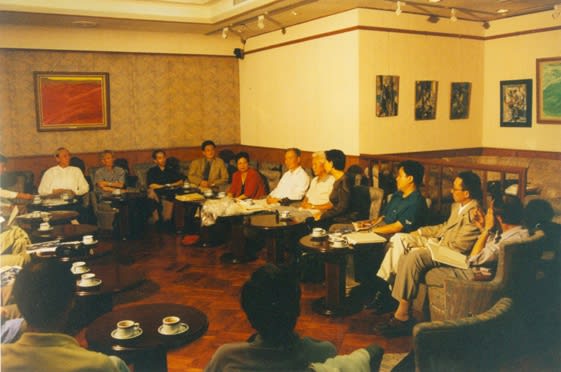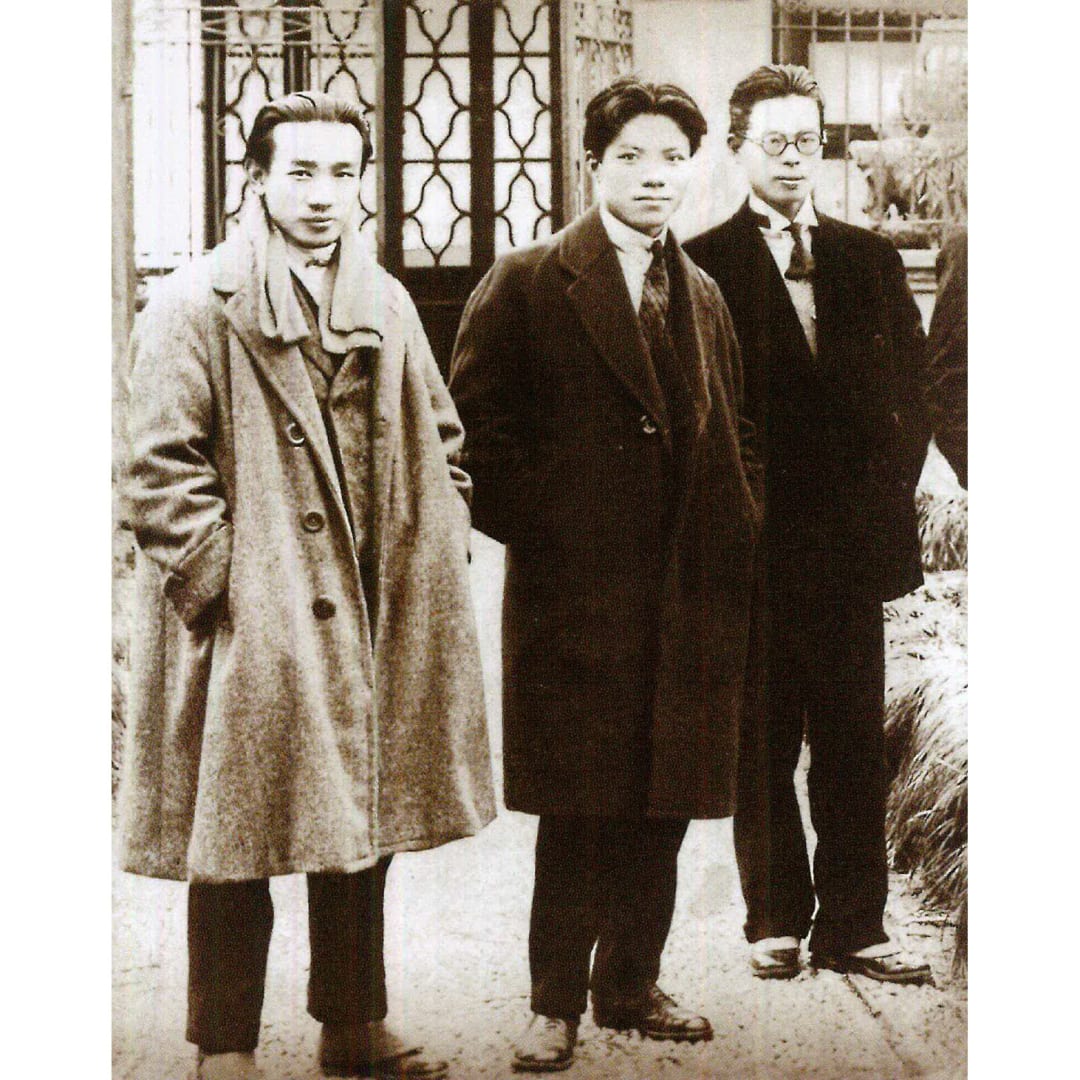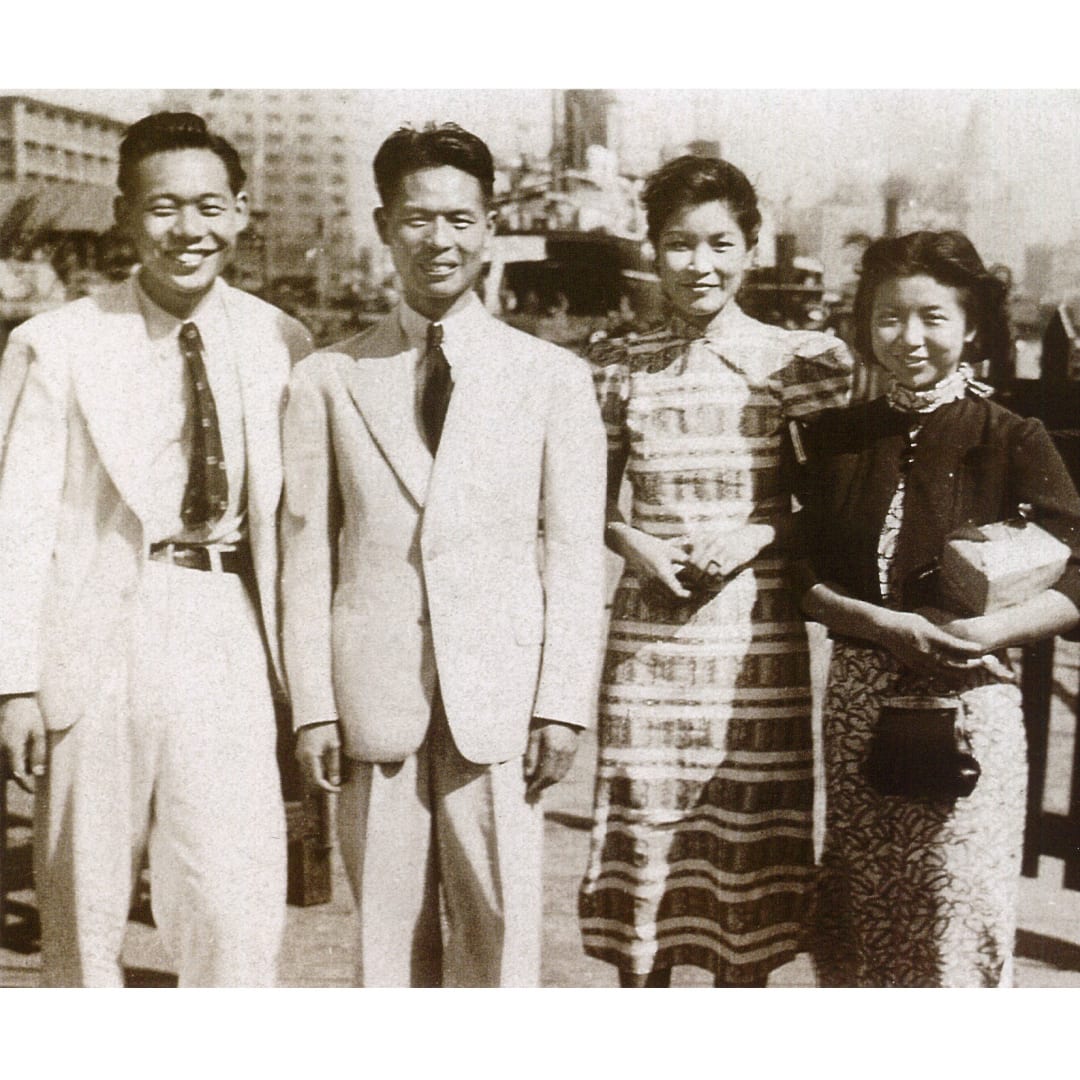1903
Wu Dayu was born as Wu Dai in Jiangsu Province, China. In 1925, he took inspiration from a proverb that describes the chosen path as eminent in virtue without comparison (Dao Da Wu Peng 道大無朋) and changed his name into “Wu Dayu” as a play on words.
1922
Wu received sponsorship from his elder brother Wu Zizheng to study abroad in Paris, France.

Wu Dayu(right), Lin Fengmian(left)and Lin Wenzheng(center)
1928
A year after his return to Shanghai, Wu became the chair of the Western painting department at the National Hangzhou Academy of Art (now China Academy of Art).
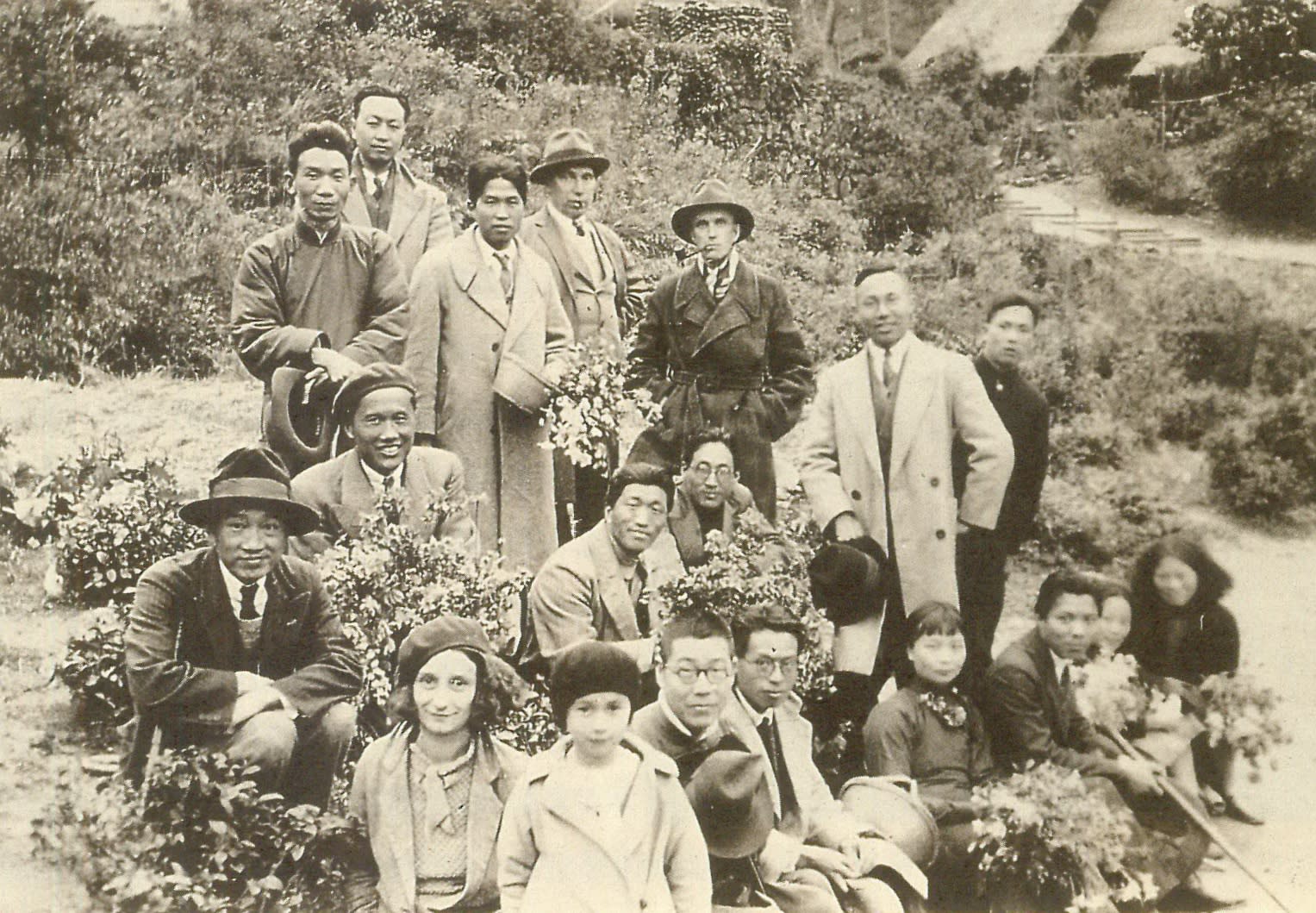
Excursion by faculty members of the National Hangzhou Academy of Art: on the front row of the picture, Wu Dayu (the fifth person from the left) and Lin Fengmian – then principal of the art academy, his wife and daughter (the first to third person on the left).
1928 —1937
Nicknamed as “the exemplar of the National Hangzhou Academy of Art”, Wu was one of the most revered professors during his time at the Arts Academy. Among his students, many had later become artistic giants, critical to the history of Chinese abstract painting, including Wu Guanzhong, Chu Teh-Chun and Zao Wou-Ki.
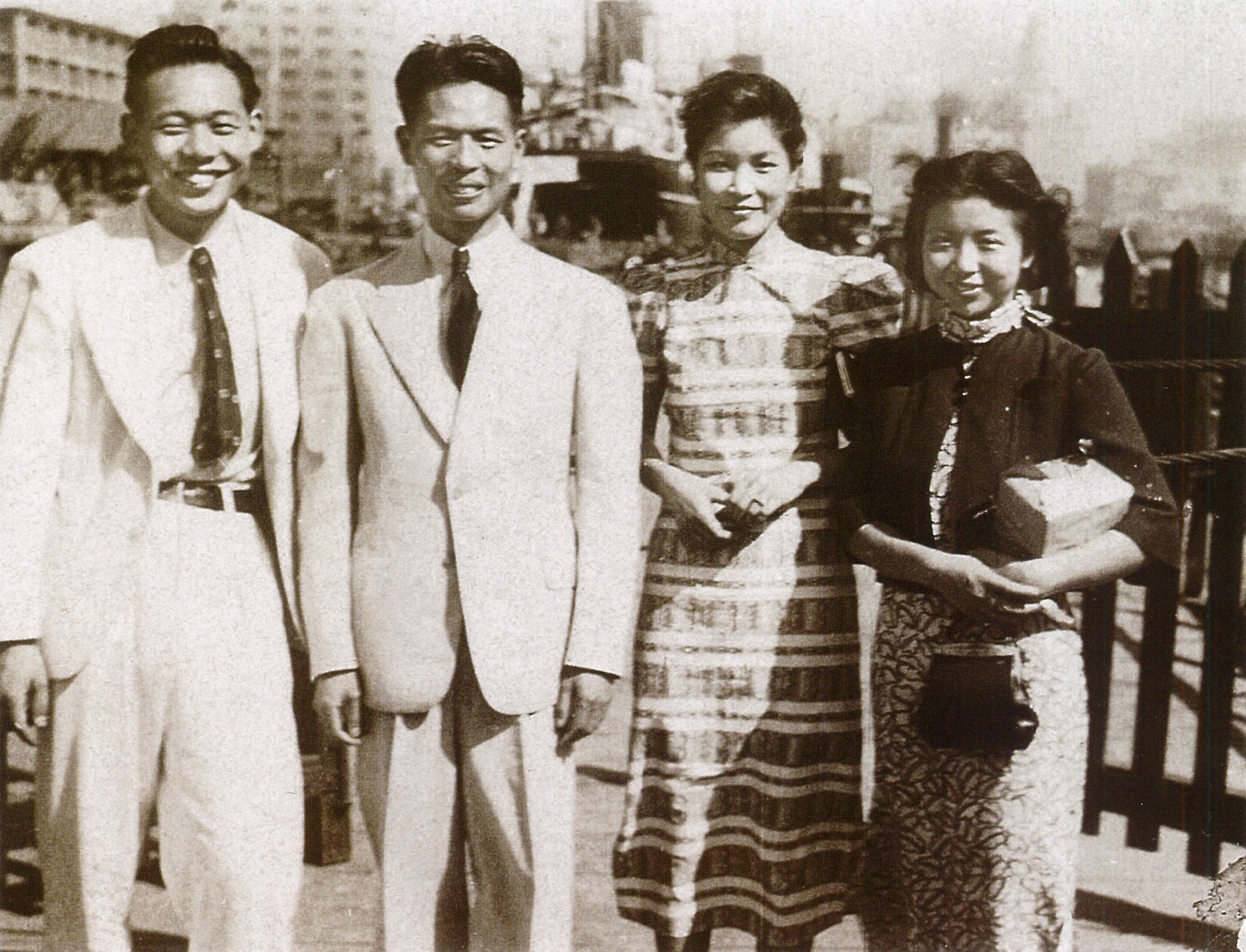
Zao Wou-Ki (the first person on the left), Wu Dayu (second from the left), Wu’s wife – Shou Yilin (third person from the left), and Zao’s wife – Xie Jinglan (the person on the right).
1940
Wu resigned from his teaching post due to the second Sino-Japanese War. His students repeatedly petitioned to reinstate his role but with no avail. Instead, Wu began corresponding with his students – Wu Guanzhong, Chu Teh-Chun, Zao Wou-Ki, et al during wartime. The subjects of their correspondence primarily centered on philosophy and arts.
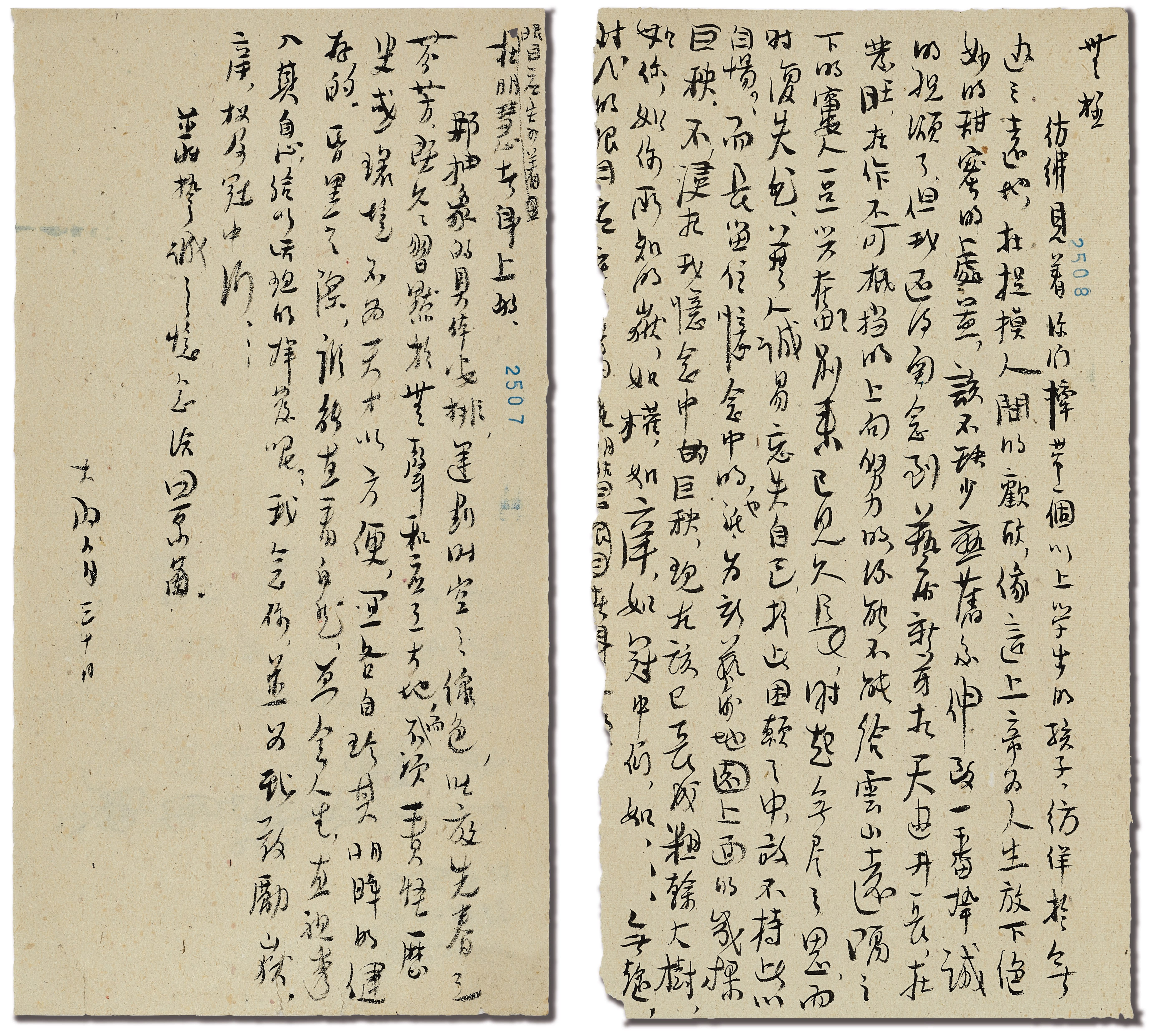
Wu Dayu’s correspondence to Zao Wou-Ki.
1941
Wu first proposed in a correspondence to his students, Letters to Wu Guanzhong and Chu Teh-Chun, his theory on Shixiang (dynamic expressionism) which later developed a lasting legacy on the development of Chinese abstract painting.
1949
Wu declined the invitation from his father-in-law to relocate to Taiwan with the Nationalist government and stayed in Shanghai.
1950
Three years after his rehiring by the National Hangzhou Academy of Art, Wu was dismissed under “an aesthetic inclination towards formalism that contradicts the new direction of education.”
1966
During the Cultural Revolution, Wu was persistently denigrated for his artistic beliefs. His residence was taken over by the government, stripping him down to a 10m2 attic as his studio. Wu started to create smaller works on paper which were easier to hide and store in his drawer.

Materials compiled to criticize Wu Dayu during the Cultural Revolution.
1974
Oil painting Morning in a Park by Wu Dayu was exhibited in the Black Painting (the degenerate paintings 黑畫) exhibition at the Shanghai Art Museum.
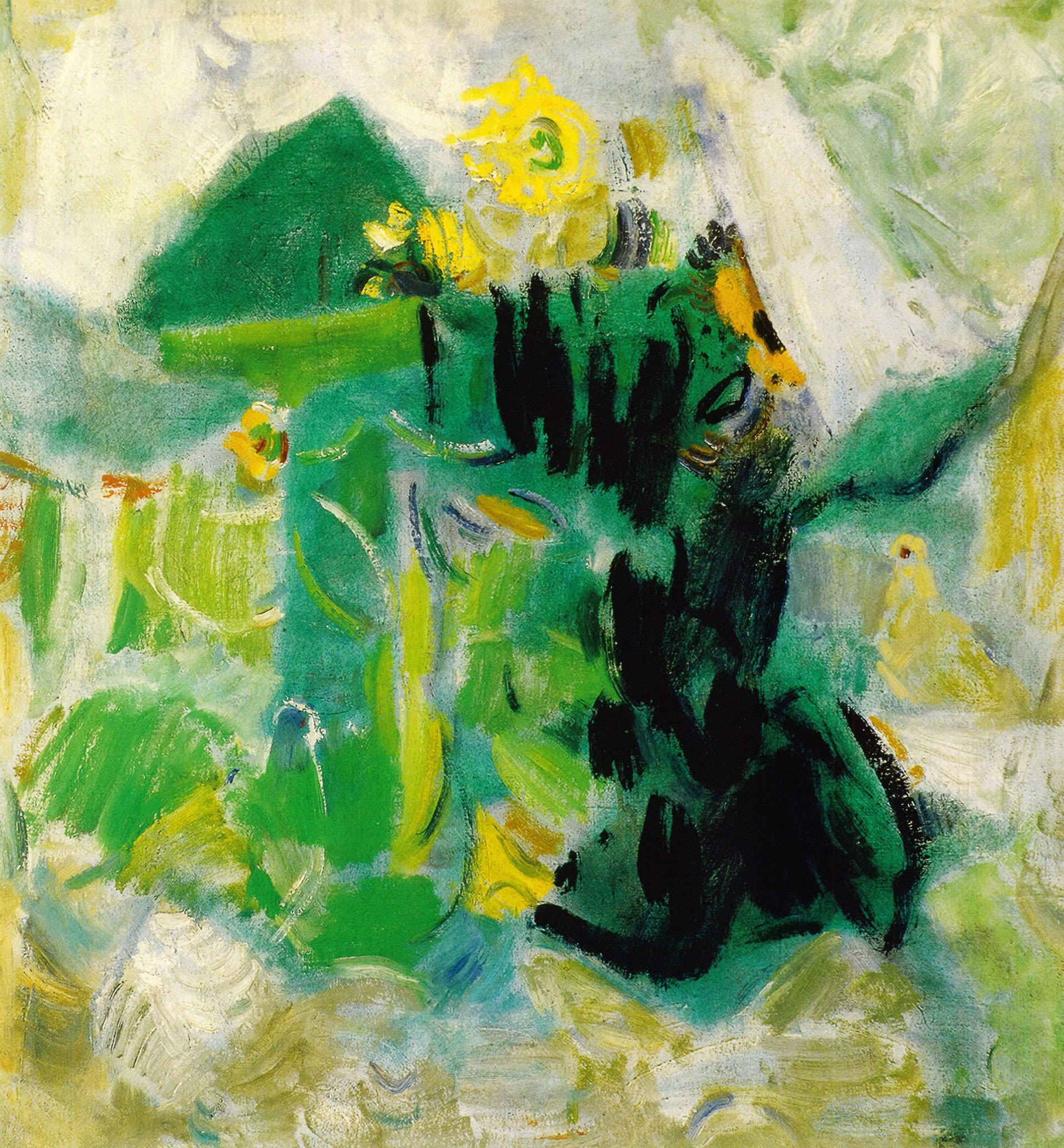
Morning in a Park, 1972, oil on canvas, 75x70cm.
1983
Wu stopped creating due to his deteriorating eye condition that had aggravated after doing four abstract oil paintings for his niece Wu Chung-Lan who lived and worked in the United States of America as a writer.
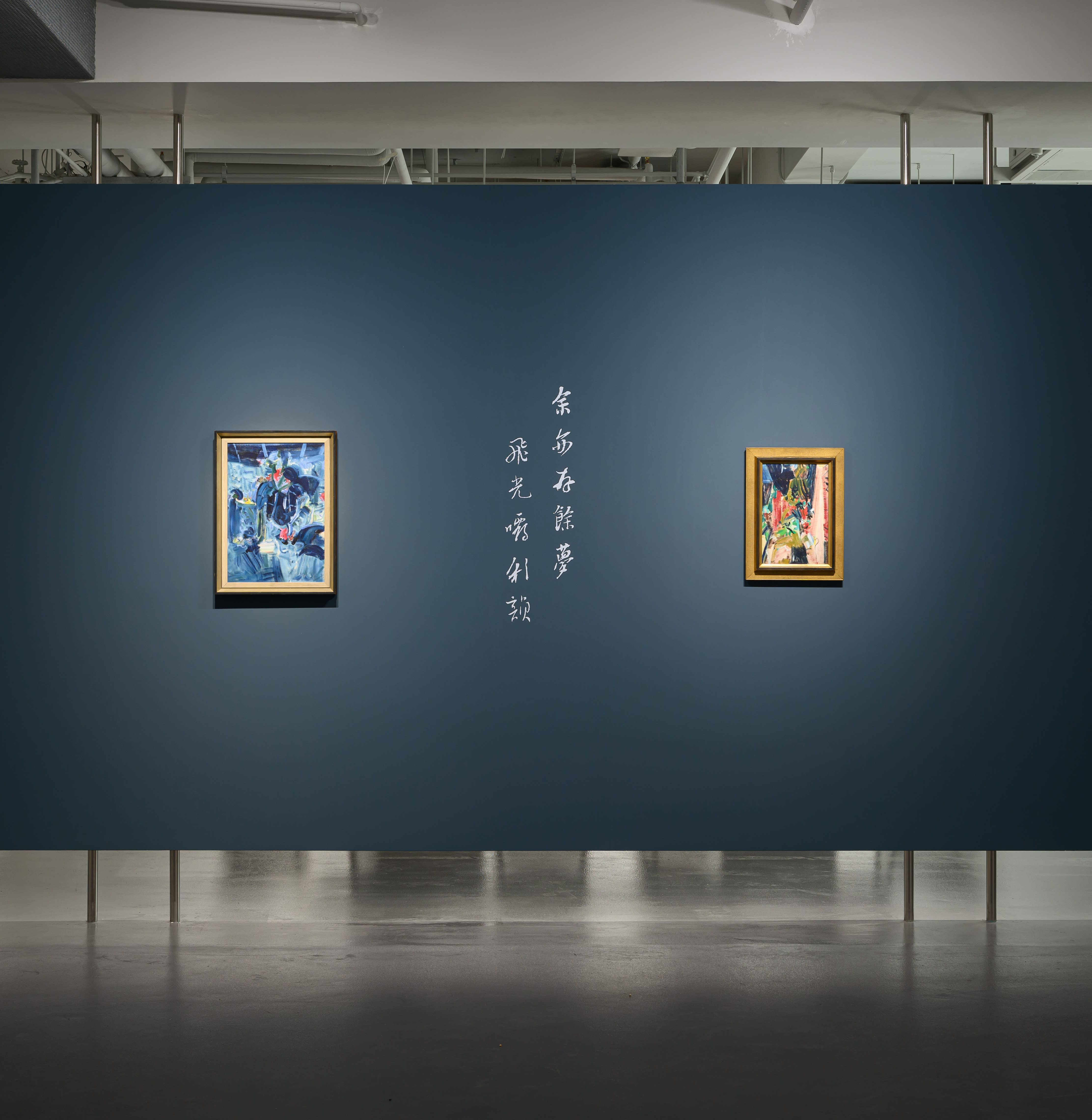
Installation view of Cadenced (on the left) and Color Syncopated (on the right) at Wu Dayu: Forefather of Chinese Abstraction – Tina Keng Gallery: Masters Part I. Both paintings were created by Wu for his niece.
1988
Wu passed away in Shanghai.
1994
Ms. Tina Keng visited the family of Wu Dayu in Shanghai with the Lin & Keng Gallery, and was able to uncover more than 50 pieces of Wu’s work that had never been publicly on view. She also invited Wu’s students Wu Guanzhong, Chu Teh-Chun, Zao Wou-Ki, Min Xiwen, and Zhuang Hwa-Yun to pen essays in memory of their beloved teacher. Together these essays form an integral part of the historical archives that cement Wu Dayu’s position as the forefather of Chinese abstraction.

Gallerist Tina Keng (first person on the right) and artist Wu Guanzhong (second from the right) visited Wu Dayu’s family at his former home.
1996
Ms. Tina Keng and the Lin & Keng Gallery, along with the China Oil Painting Society, organized a symposium “The Art of Wu Dayu” at the Crowne Plaza in Beijing. The symposium was moderated by Mr. Wu Guanzhong, one of Wu Dayu’s disciples. Also in attendance was a constellation of renowned painters and scholars such as Jin Shangyi, Shui Tianzhong, Wang Huaiqing, Yan Zhenduo, Tao Yongbai, Li Chao, and Hu Mengyan.
